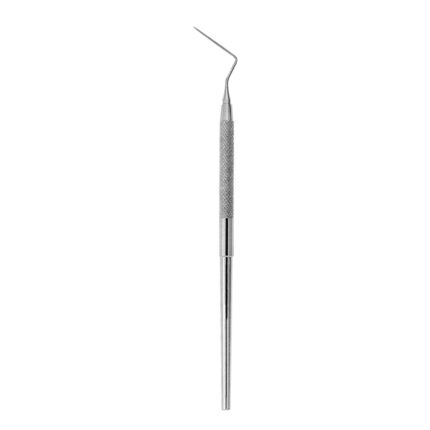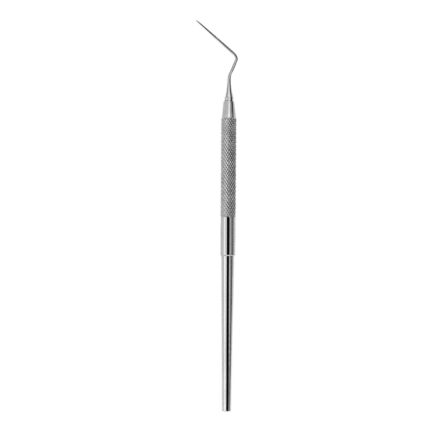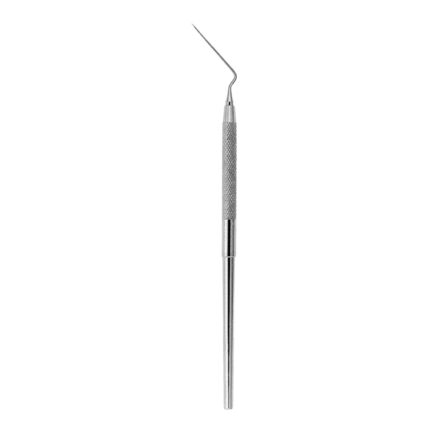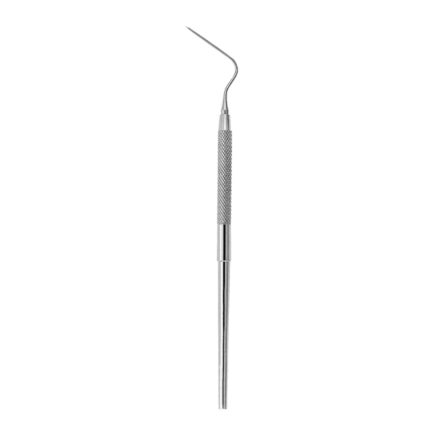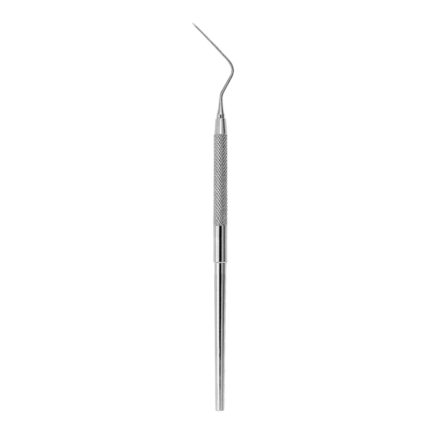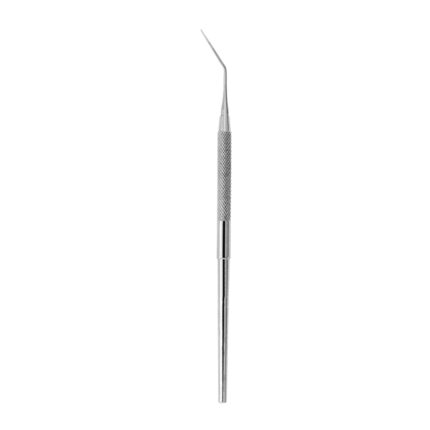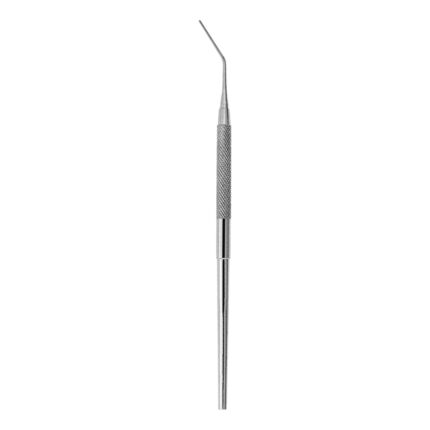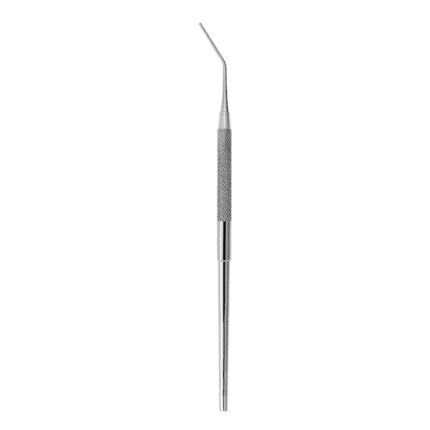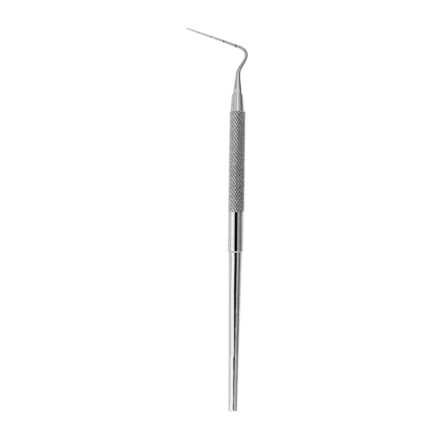Endodontic instruments are specialized tools used by dentists, endodontists, and dental hygienists during root canal treatment and other endodontic procedures. These instruments are designed to access, clean, shape, disinfect, and fill the root canal system of the tooth, thereby treating infections or inflammation within the pulp chamber and root canals. Endodontic instruments come in various shapes, sizes, and configurations, each tailored to specific tasks and stages of the root canal procedure. Here are some common types of endodontic instruments and their functions:
- Endodontic Files: Endodontic files are thin, flexible instruments with fine, spiral-shaped ridges (flutes) along their shafts, used to clean and shape the root canal system. They come in different sizes and tapers to fit various canal configurations and diameters. Hand files are manually operated by the dentist or endodontist, while rotary files are used with mechanical rotary systems for faster and more efficient canal preparation.
- Gates Glidden Drills: Gates Glidden drills are rotary instruments with a tapered, cylindrical shape, used to remove dentin and shape the coronal portion of the root canal, particularly in larger canals or for accessing calcified or obstructed canals. They are available in different sizes and are used with slow-speed handpieces.
- Peeso Reamers: Peeso reamers are long, tapered instruments with multiple cutting edges, used to remove dentin and shape the middle and apical portions of the root canal. They are particularly useful for removing obstructions, such as posts or separated instruments, from the canal.

